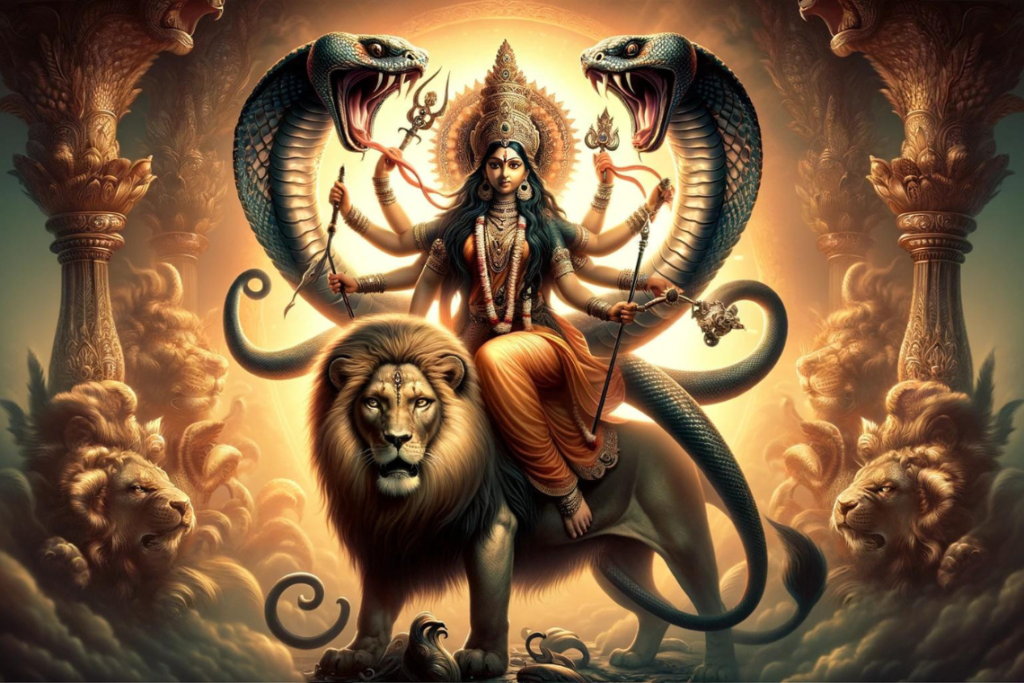Throughout history, the concept of war goddesses has manifested in various mythologies around the world, showcasing the remarkable role of female deities in the context of warfare and conflict. These powerful figures not only embody the strength and valor typically associated with warriors, but they also challenge traditional masculine representations of combatants. Across different cultures, war goddesses are depicted with various attributes, illustrating a diverse spectrum of characteristics that highlight their fierce nature.
In many ancient civilizations, war goddesses were revered for their martial prowess and tactical acumen. For instance, in Greek mythology, Athena stands out as the goddess of wisdom and warfare, often depicted with armor and a shield, signifying her dual role as a strategist and protector. Similarly, in Norse mythology, the Valkyries serve as divine warriors who select those worthy of honor in battle, leading them to Valhalla. Such representations emphasize the complexity of these figures, showcasing their involvement not only in warfare but also in the culture and spiritual beliefs of their societies.
The portrayal of war goddesses varies significantly across different cultures. In some settings, they are revered figures symbolizing justice and protection, guiding warriors into battle and instilling fear in their enemies. In other cases, they may embody vengeance and chaos, reflecting the destructive aspects of conflict. This duality compels audiences to reconsider the nature of warfare and the roles that these female deities occupy. Ultimately, the presence of war goddesses serves to unify the narratives of courage, sacrifice, and honor across mythologies, revealing the undeniable strength and resilience of women in the context of conflict.

Notable War Goddesses in Different Mythologies
Throughout various mythologies, war goddesses symbolize the strength, valor, and strategic prowess associated with femininity. One prominent figure is Athena from Greek mythology. Born from the head of Zeus, Athena embodies wisdom and warfare. She is often depicted in full armor, illustrating her role as a protector of cities, particularly Athens, which bears her name. Athena’s attribute of strategic warfare contrasts with the brute force often represented by male gods, emphasizing a different approach to conflict resolution. Additionally, her involvement in numerous myths, such as the Trojan War, highlights her as a central figure in ancient Hellenic civilization.
Next, we turn to Freyja, a notable figure from Norse mythology. Freyja, the goddess of love, beauty, and fertility, also has a compelling association with war and death. She possesses the unique ability to choose those who may die or survive in battles, claiming half of the slain warriors to dwell in her hall, Fólkvangr, while Odin receives the other half. This duality of Freyja showcases the intertwining of femininity and combat within Norse cultural narratives, portraying her not only as a symbol of beauty but also as a fierce warrior goddess.

Lastly, we examine Sekhmet from Egyptian mythology. As the goddess of war and healing, Sekhmet is represented as a lioness, illustrating her fierce nature. She was believed to bring about plagues and destruction upon the enemies of the pharaohs, showcasing her power in warfare. However, Sekhmet also had a nurturing aspect, as she was invoked for healing. This duality illustrates how ancient Egyptian society viewed the complexities of female divinity, wherein the goddess embodies both destruction and restoration.
These goddesses, among others from various mythologies, reveal the multifaceted nature of feminine strength and the diverse ways that cultures have honored and interpreted the concept of the warrior woman.
Symbolism and Cultural Significance of War Goddesses
War goddesses have served as important symbols throughout various mythologies, representing multifaceted aspects of conflict such as strategy, protection, and justice. Unlike their male counterparts, these female deities often embody not just the ferocity of war but also the wisdom required for strategic planning. For example, the Greek goddess Athena is not only known for her martial prowess but also for her intelligence and strategic skills in battlefield scenarios, emphasizing the value of calculated decisions in warfare.
Additionally, war goddesses typically symbolize protection, acting as guardians for their communities and worshippers. In many cultures, these figures are believed to oversee the safety of warriors, instilling courage and resilience in those who fight. This protective aspect highlights a stark deviation from traditional portrayals of femininity, challenging societal norms regarding gender and power dynamics. The existence of these powerful female figures suggests a recognition of women’s capabilities in both nurturing and combative roles, often signifying a more profound cultural acknowledgment of their contributions to society, especially during periods of conflict.

Furthermore, the portrayal of war goddesses reflects broader societal values about gender roles and the perception of women in power. Cultures that honor such deities often demonstrate a more progressive outlook on the abilities of women, suggesting a historical acceptance of female authority in warfare. This acceptance is particularly noteworthy in contemporary interpretations, as modern portrayals of war goddesses have evolved to highlight their significance in empowering women. Today, these figures are omnipresent in popular culture, literature, and art, symbolizing both strength and resilience. The renewed interest in these powerful women serves as a reminder of their historical significance and cultural impact, prompting ongoing discussions about gender roles and representation in today’s society.
Conclusion: The Legacy of War Goddesses
Throughout history, the narrative of war goddesses has significantly influenced cultural perspectives on female strength and leadership. From the fierce Athena in Greek mythology to the formidable Kali in Hindu tradition, these figures represent not only the valor and might of women in times of conflict but also their ability to challenge societal norms. Their legacies extend beyond their mythological origins, resonating deeply within contemporary discussions around gender and power.
In examining the roles of these divine warriors, it becomes evident that they symbolize empowerment, courage, and resilience. War goddesses have long served as archetypes for women in various cultures, showcasing their strength in overcoming adversity and fighting societal constraints. As symbols of female empowerment, they inspire modern movements advocating for equality, where the fierce image of the female warrior transcends myth and enters the realm of lived experience.

The ongoing relevance of war goddesses in today’s society can be observed in the increasing visibility of women in leadership roles, particularly in political and military spheres. Their stories remind us of the innate strength that women possess and the vital roles they can play in shaping societies. By acknowledging the enduring impact of these powerful figures, we create a richer narrative that celebrates women’s contributions throughout history and in contemporary movements.
As we reflect on the legacy of war goddesses, it is crucial to recognize their role not only as mythological characters but also as cultural icons that influence perceptions of femininity and agency. Their stories challenge reductionist views of women, encouraging a narrative that embraces strength, resilience, and autonomy. In summary, the fierce female warriors of mythology continue to inspire and affirm the ongoing quest for gender equity and empowerment in modern society.






